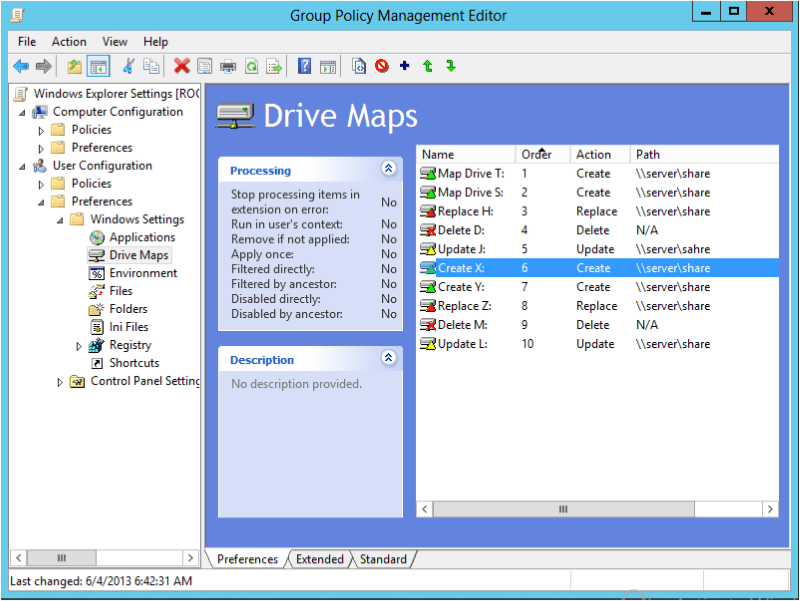Group Policy
Difference between Policies and Preferences
Hello All,
Hope this post finds you in good health and spirit.
Difference between Policies and Preferences
Below are the some of the differences between policies and preferences include the following:
- A preference does not disable the corresponding user interface item on the user’s computer, but a policy does.
- When a GPO no longer targets a person or machine, or when it falls out of scope, a policy is withdrawn. However, even when the GPO is no longer in effect, a preference is still set up for the targeted user or computer. The difference between preferences and policies might also be expressed as follows: Preferences tattoo the registry on the client machine, but Policies do not.
- The client computer’s initial registry settings are not changed when a policy is applied. Instead, the policy is kept on the client in a unique policy-aware registry area. The client’s original registry settings are reinstated if the policy is later deleted. Another way to put it is that a policy takes precedence over a matching configuration setting in the client’s user interface. However, when using preferences, the client’s original registry settings are rewritten and deleting the preference does not return the configuration to its original state. To put it another way, a preference alters the associated configuration option in the client’s user interface.Because of this difference, policies can be effective only for features of Windows operating systems and applications that are Group Policy–aware, while preferences can be effective for any features of Windows operating systems and applications as long as the appropriate preference extension is loaded.
- Policies can be configured in both domain and local GPOs; preferences can be configured only in domain GPOs.
- A preference can be applied only once if desired; policies are always periodically refreshed.
So, that’s all in this blog. I will meet you soon with next stuff .Have a nice day !!!
Recommended content
How to Check the Active Directory Database Integrity
Disabling and Enabling the Outbound Replication
DFS Replication Service Stopped Replication
What is Strict Replication Consistency
The replication operation failed because of a schema mismatch between the servers involved
Troubleshooting ad replication error 8418 the replication operation failed because of a schema mismatch between the servers
How to export replication information in txt file
Repadmin Replsummary
Enabling the outbound replication
Disabling and enabling replication on schema master domain controller
How to enable strict replication consistency
How to prevent lingering objects replication in active directory
AD replication process overview
How to force active directory replication
Change notification in replication process
How to check replication partner for a specific domain controller
dcdiag test replications
Guys please don’t forget to like and share the post.Also join our WindowsTechno Community and where you can post your queries/doubts and our experts will address them .
You can also share the feedback on below windows techno email id.
If you have any questions feel free to contact us on admin@windowstechno.com also follow us on facebook@windowstechno to get updates about new blog posts.
Was this article helpful?
YesNo

